
Body language is a broad church of subtle communication techniques that accompany the big brothers of auditory and visual communication. Nonverbal communication, eye contact and facial expression are the most common cues. Proxemics (the physical distance between communicators) and haptics (the study of touch) also play a strong part. A communication or gesture dictionary can help bridge the gap.
facial expression
Many people add meaning to what they are saying by using facial expressions (such as smiling or frowning) and gestures
(such as waving goodbye or nodding their head). For children and young people who find speech difficult or have limited or
no speech, facial expression and gestures can be a very important way to help them to get their message across.
Some children with physical impairments may find facial expression and gestures difficult and may have their own unique ways
to express what they say, e.g.: looking down
may be a no, smiling may be a yes. It is important that the listener takes time to find out what the young person's preferred
method is and that it is consistent with what they use at all times.
This text has been taken from 'Other Ways of Speaking: Supporting children and young people who have no speech or whose speech
is difficult to understand', The Communication Trust.
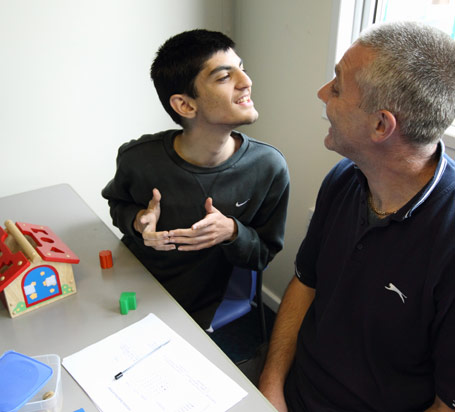
Typically, obvious nonverbal communication consists of body language and facial expressions. Being aware of the nonverbal cues you give and receive when communicating can help you to be a more effective communicator and listener.
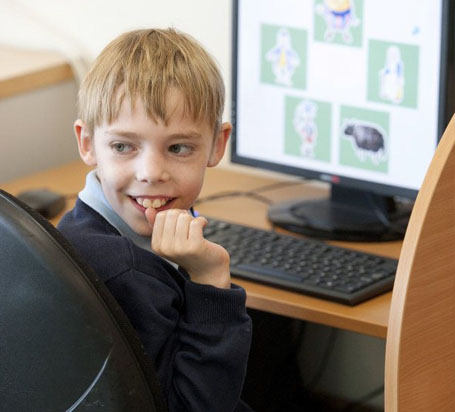
Eye contact is one of the most evident methods of nonverbal communication. When most people speak, they tend to focus on the eyes. If a person is speaking to another person and that person is looking away as they are listening, it gives the impression that they are either distracted or uninterested. It is therefore important that eye contact is always held when speaking to others.
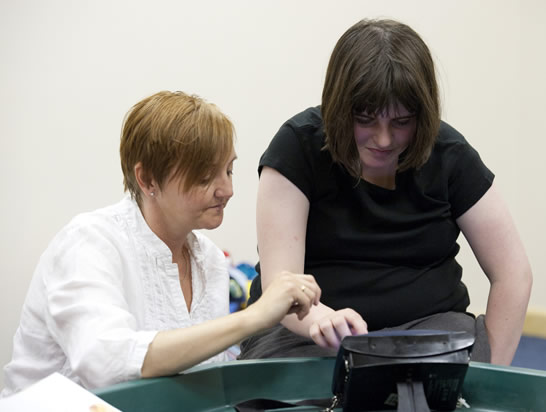
When working with a pupil, body language is critical. Someone who is slumped over might appear to lack confidence, or be tired and disinterested, whereas someone standing/sitting straight might be seen to have a certain confidence. In contrast, crossing one's arms might denote defensiveness.
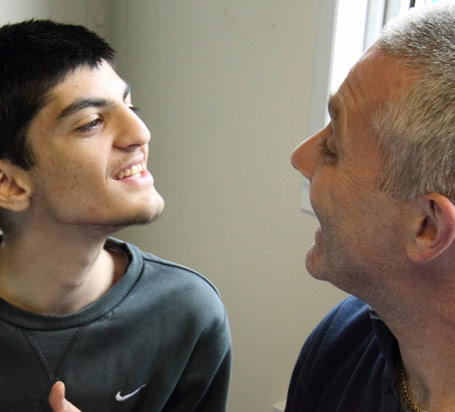
Our facial expressions tell a lot about how we feel about what we are hearing or saying. A raised eyebrow can change what you say from being sincere to being devious. Smiling as you listen can mean 'I agree'. A slight frown and lowered eyebrows might mean 'I don't quite understand'.
It is important to read a person's face to better understand how they feel about what they are saying. As a listener, it is important that your facial expression reflects the words that you are conveying.
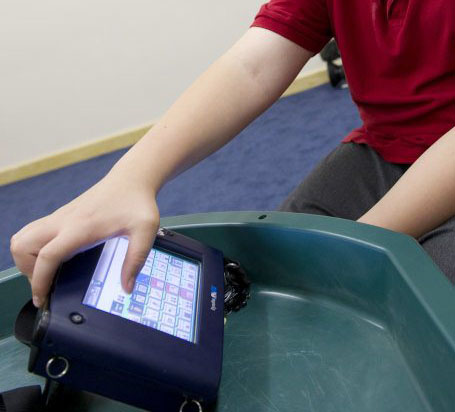
How close or how far someone is to another person is known as proxemics. People usually have an area around them called 'personal space'. Those with SLD or PMLD are less able to control their own personal space. Always ensure that you are as sensitive to a SLD or PMLD person as you are to a person without such a disability.
the study of touch

Touch, as a nonverbal form of communication, is popular in healthcare. When used in the right way, touch can be therapeutic. Some people do not like to be touched, while others do. When working with children and young people with SLD or PMLD, particular attention should be given to learning their particular touch preferences.
A personal communication or gesture dictionary is a document that helps to outline the ways in which an individual communicates.
This is important for pupils who don't communicate using methods such as speech, writing or symbols. For those with complex
communication needs it is important that staff recognise and understand their communication behaviours.
A communication or gesture dictionary can help to ensure that all staff are aware of the pupil's communication behaviours
and can agree on how to respond appropriately. It also enables staff to respond in a way that is predictably familiar to the
pupil. This is so that their communication method is understood and responded to appropriately.